The last year has brought with it more than a couple of inspiring ad campaigns featuring creative powerhouses, celebrating their personal style and flare. For starters, Valentino teamed up with nine indie bookstores for a campaign celebrating small businesses and their owners. Calvin Klein featured members of the LGBTQIA+ collective Queer Skate LA in a timeless black and white campaign. Rihanna cast the Caramel Curves, a glamorous biker crew from New Orleans, as the stars of a Savage X Fenty campaign.
Even amid a global pandemic, brands got creative and introduced us to some new faces along the way. Great portraiture will always be in vogue, whether you’re working on assignment for a specific advertising campaign or challenging yourself to shoot more creative work for your commercial Licensing portfolio. Here are our best tips for making the most of this evergreen genre.
Prepare a shot list
Between the photographer, the model(s), the stylist, and a hair and make artist, portrait photography tends to have multiple moving parts, so organization is key. It’s always helpful to prepare a shot list before your shoot and share it with your collaborators, whether you’re teaming up with one other person or managing a whole team.
Your shot list can include different clothing options, location ideas (indoor and outdoor), and poses. You can include various lighting patterns and background ideas for the studio as well, plus angles and vantage points you’d like to try.
You can always improvise and experiment once you’re on set, but having a plan—and plenty of ideas to shoot—ensures that everyone’s on the same page and the day runs smoothly. For more about what a shot list is and how to use one, check out this guide.
Dare to be original
2022 is already shaping up to be a year for embracing our individuality. A quick look at the Pinterest Predicts annual report reveals some of the most creative trends of the year, from tooth gems (up 85%) and vibrant outfits (up 16x) to goth cowboy (up 70%), octopus haircut (up 2x), and geode nail art (up 2x).
The age of generic stock shoots is over, and today’s portrait photoshoots give you the opportunity to celebrate your models’ personal aesthetic and taste. Here’s where a mood board comes in especially handy. This is where you gather inspirational images and share them with your team to show them exactly what you’re thinking; it can be a physical board, a collage, or a Pinterest board—whatever works for you. “Sometimes, writing out your ideas, sketching, or physical/virtual collaging helps,” the 500px team explains. “You can also bounce ideas off of a friend and see if there are new perspectives you have not thought of.”
When gathering materials for your mood board, remember to look outside of the world of photography. Include paintings, sculptures, fashion, and screengrabs from films. Maybe you include an evocative passage from a poem or novel or a colorful lighting scheme from a television show—there are no limits here.
Embrace anonymity
Not all portraits have to include faces. “Having your models anonymous to the viewer either by having them turned away from the lens, or creatively covering their face through props or cropping, can increase the saleability of your images because it allows the viewer to place themselves within the scene,” the team at 500px explains.
Faceless images also add a layer of mystery and ambiguity to a portrait session, allowing you to tap into various concepts, moods, and ideas. To use a famous example from photo history, consider Guy Bourdin’s iconic work for Charles Jourdan campaigns, which often featured anonymous figures with the designer’s shoes. In one poetic picture, we see a pair of pink shoes beside a woman who is faced away from the viewer with shiny auburn hair falling down her back.
Feel free to get experimental here. “Making your model fully or partially anonymous can force you to be creative,” the team at 500px elaborates. “Think about layering, facepaint, exaggerated makeup, translucent materials, clothing, and props.”
Refine your technique
“Of course, the technical aspects of any photo should not be overlooked,” the 500px team says. “Depending on your concept, sharp, clear images with excellent lighting that have not been overly processed are typically favored.
“Whatever technique or lighting setup you want to use, ensure that you have done some research and practiced if you are a novice or new to the method. Your execution can make or break the photo, no matter how wonderful your choice of location, hair, and makeup is.”
With that being said, feel free to challenge yourself with new techniques, whether it’s using studio strobes or experimenting with color gels or gobos. We’ve seen photographers push the envelope when it comes to commercial images; some projects that come to mind are Porsche’s recent use of futuristic strobe lights and light painting in their campaign photography.
Play with color and contrast
Ever since Ford famously promised customers a range of “artistic color combinations” for its Model A cars, color has played a pivotal role in advertising, helping to catch our attention and define a brand’s style and aesthetic. From Pantone’s much-anticipated Color of the Year (“Very Peri” took the top spot this year) to the emergence of “millennial pink” and “Gen Z yellow,” marketers always have their finger on the pulse of color trends.
From Old Navy’s “Color Explosion” spot, featuring Keke Palmer, to BEHR Paint’s Katy in Color project, featuring Katy Perry, there are plenty of creative ways to use bold color in advertising. With that being said, you can also go subtle with pops of color in your portraits. Maybe your model wears a trendy gradient dress, or perhaps you incorporate a touch of crystal eye makeup (both made it onto Pinterest’s trend report, by the way).
“Not all of your images need to be as vibrant as a rainbow,” the team at 500px explains. “Many times, subtly incorporating your pops of color and strategically matching your colors is all you need to do.” Use the color wheel, and keep an eye out for those complementary pairs (orange and blue, red and green, purple and yellow) for a harmonious palette.
Contrast can be achieved through color but also with light, so don’t be afraid to experiment with eye-catching shadows. Textures are also perfect for creating interest; for example, if you’re juxtaposing soft and hard lines. These contrasts can even be conceptual, like natural versus artificial or hot versus cold.
Incorporate creative props
Props can instantly elevate an ordinary portrait shoot into extraordinary territory, so put some thought into what you’ll need during the brainstorming process. You can draw from your personal prop collection, your models’ belongings, and your larger creative community. Borrow items that reflect your model’s personality, passions, and hobbies, or use rented props from a prop house to add a splash of color.
“Props do not have to be pricy,” the 500px team tells us. “Some go-to props that the 500px community sees reinvented in beautiful and unique ways are mirrors, flowers, tech devices, trendy food items, and various materials. Replacing single-use plastic props with reusable objects (water bottles, coffee mugs, straws) is a great way to make a conscious statement about environmental concerns, while making your own backdrops using paper cut-outs, paint, or balloons can show off your creativity.”
Not on 500px yet? Click here to learn about Licensing with 500px.

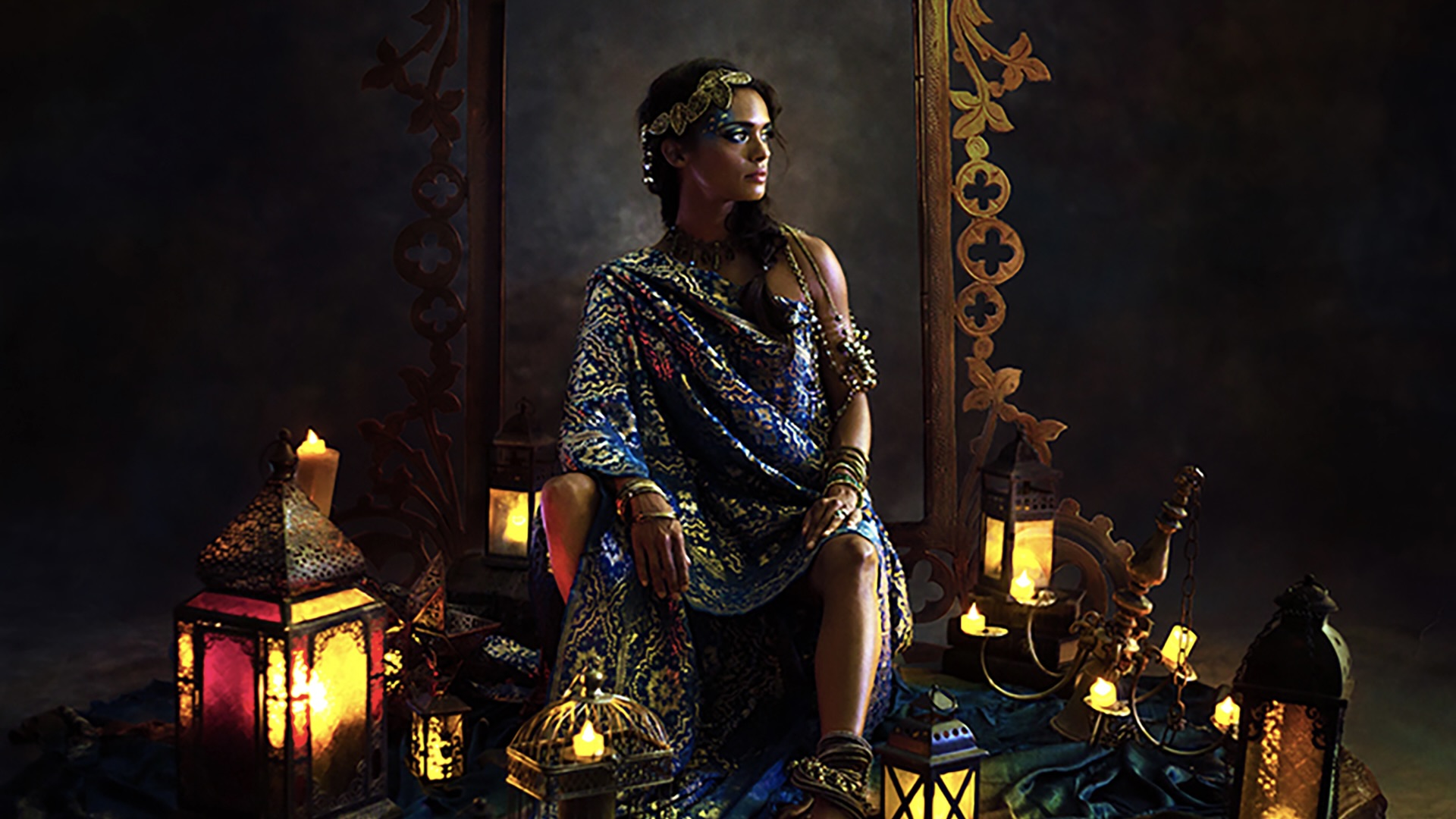
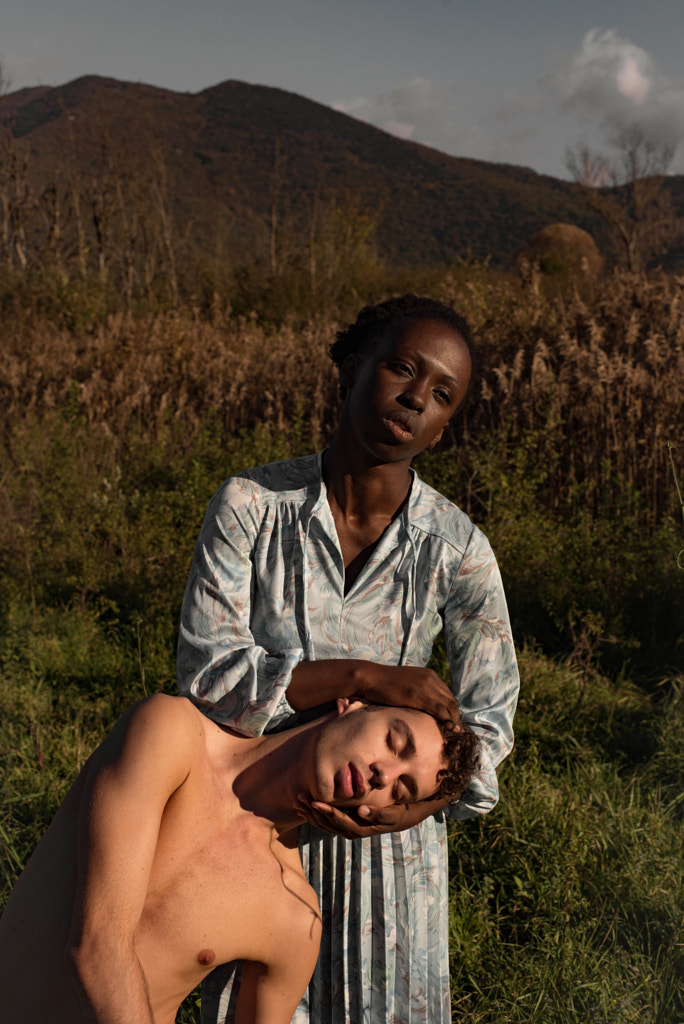
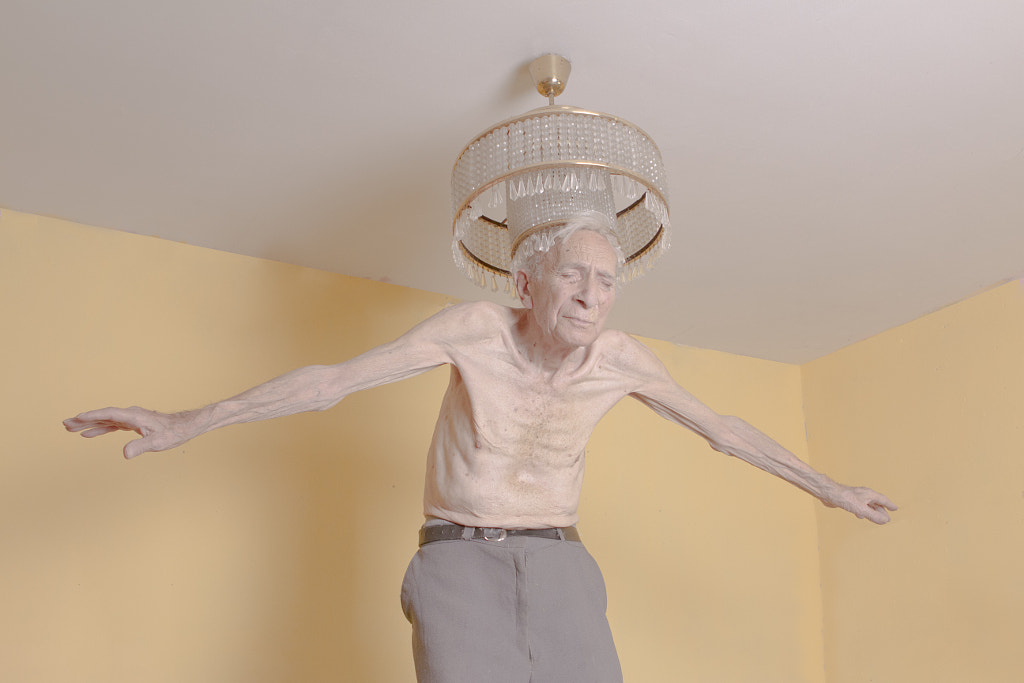
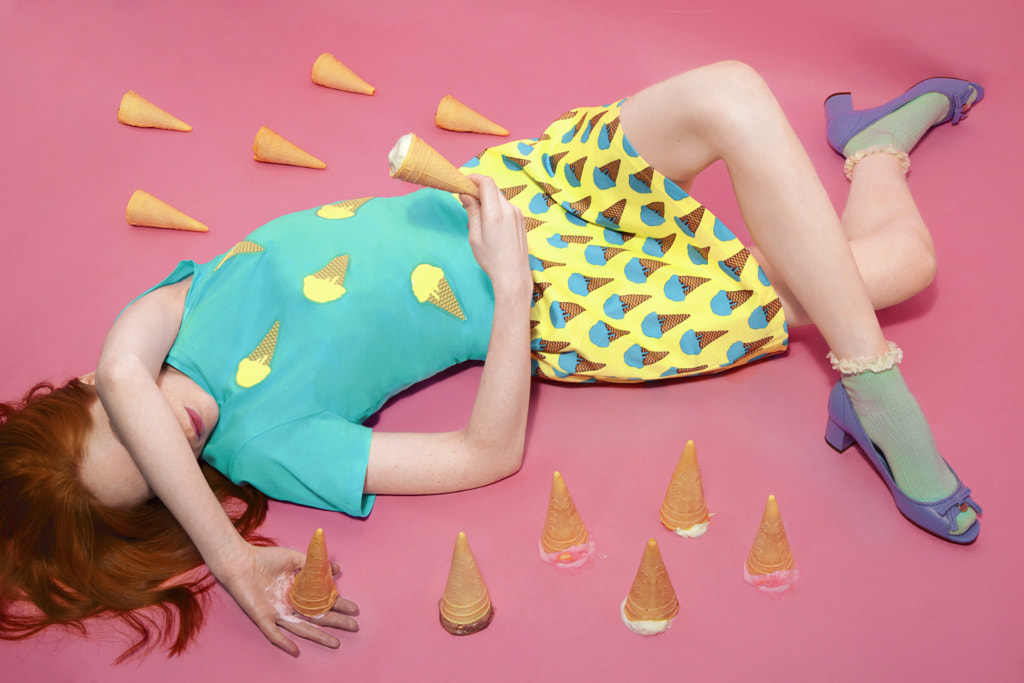

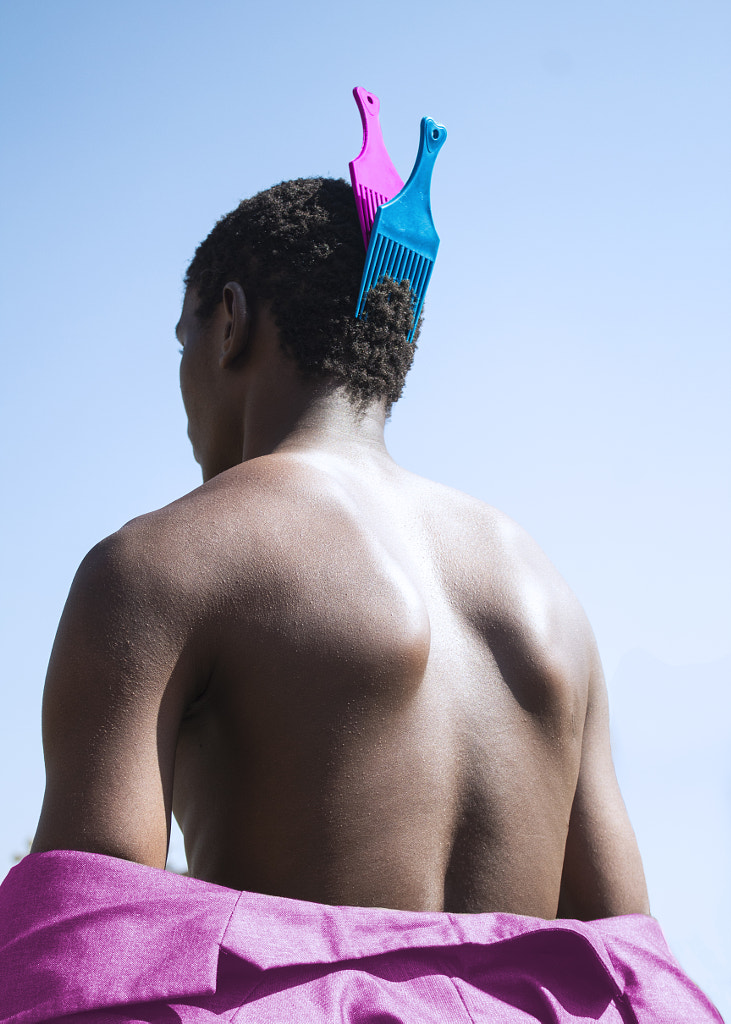


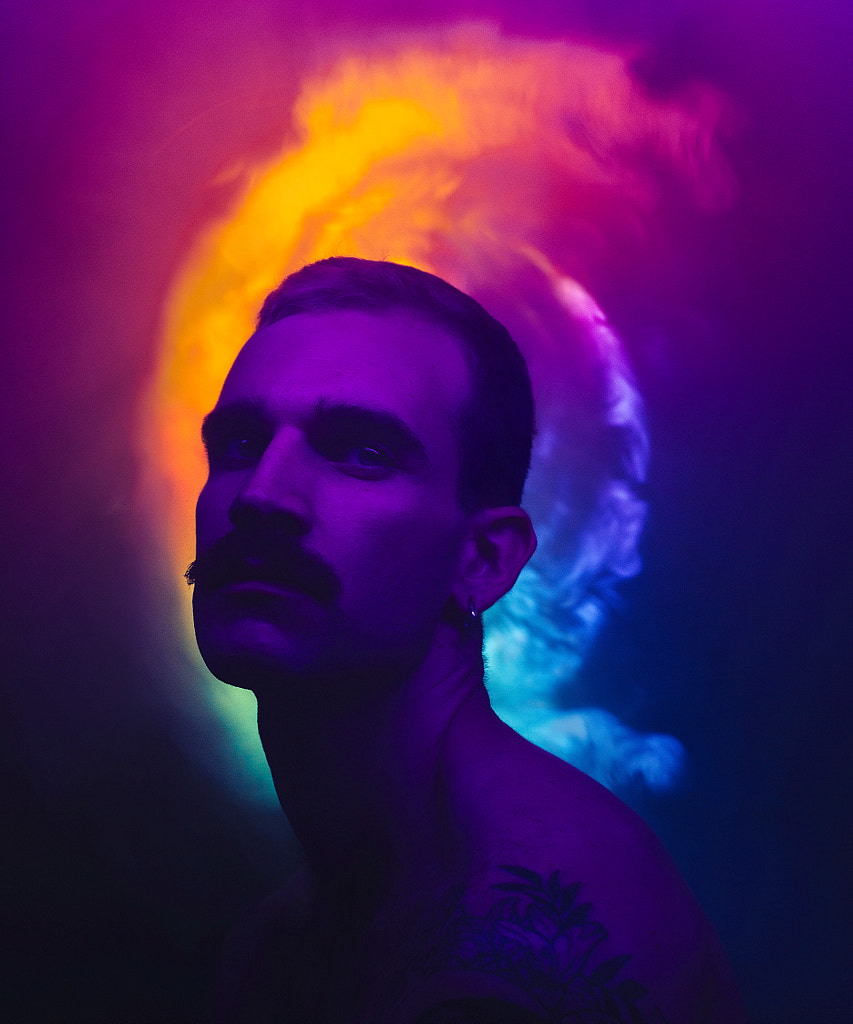
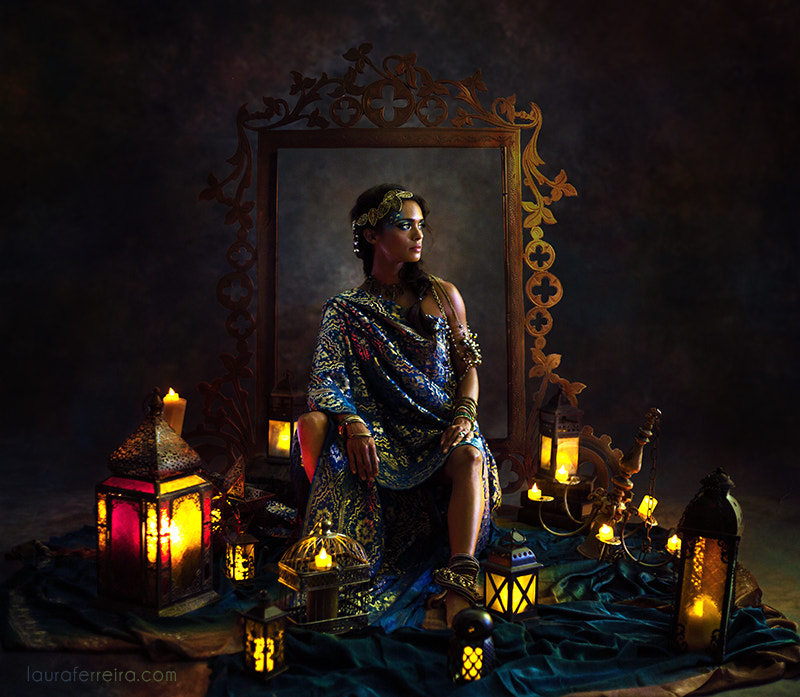
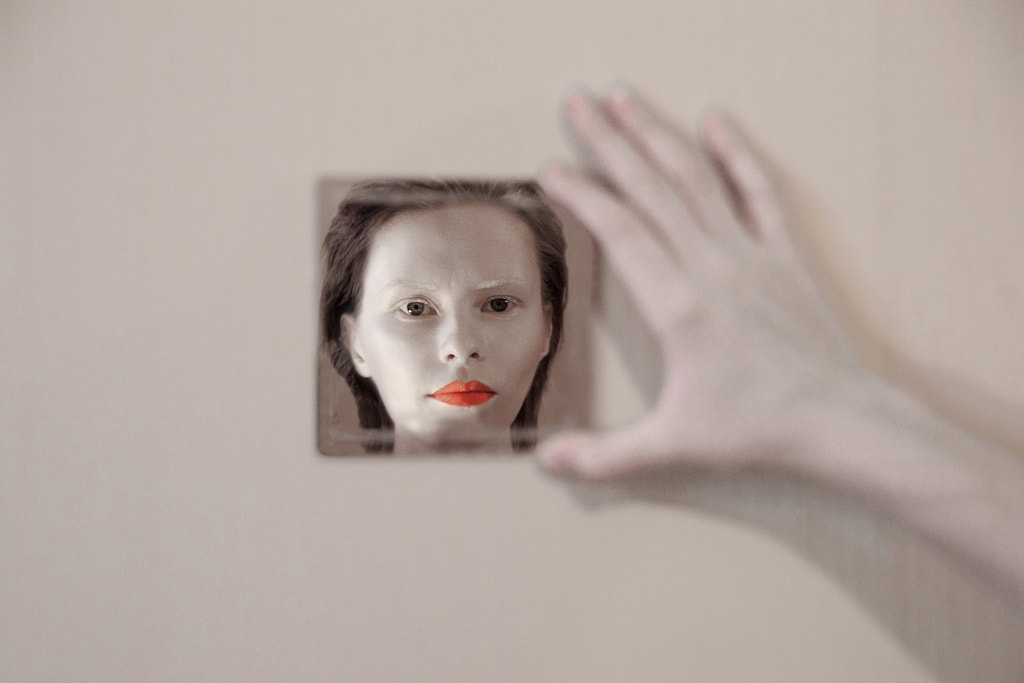
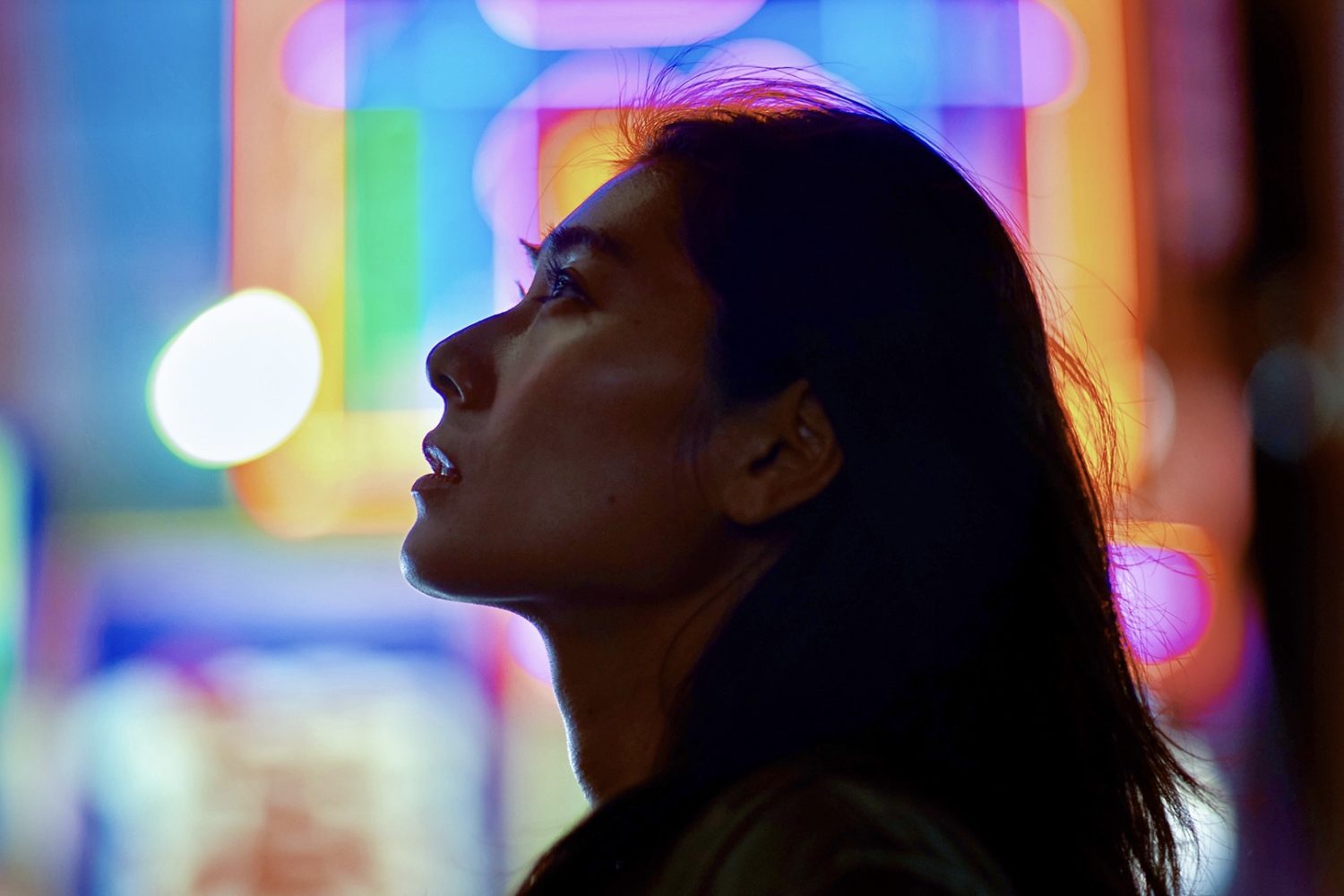
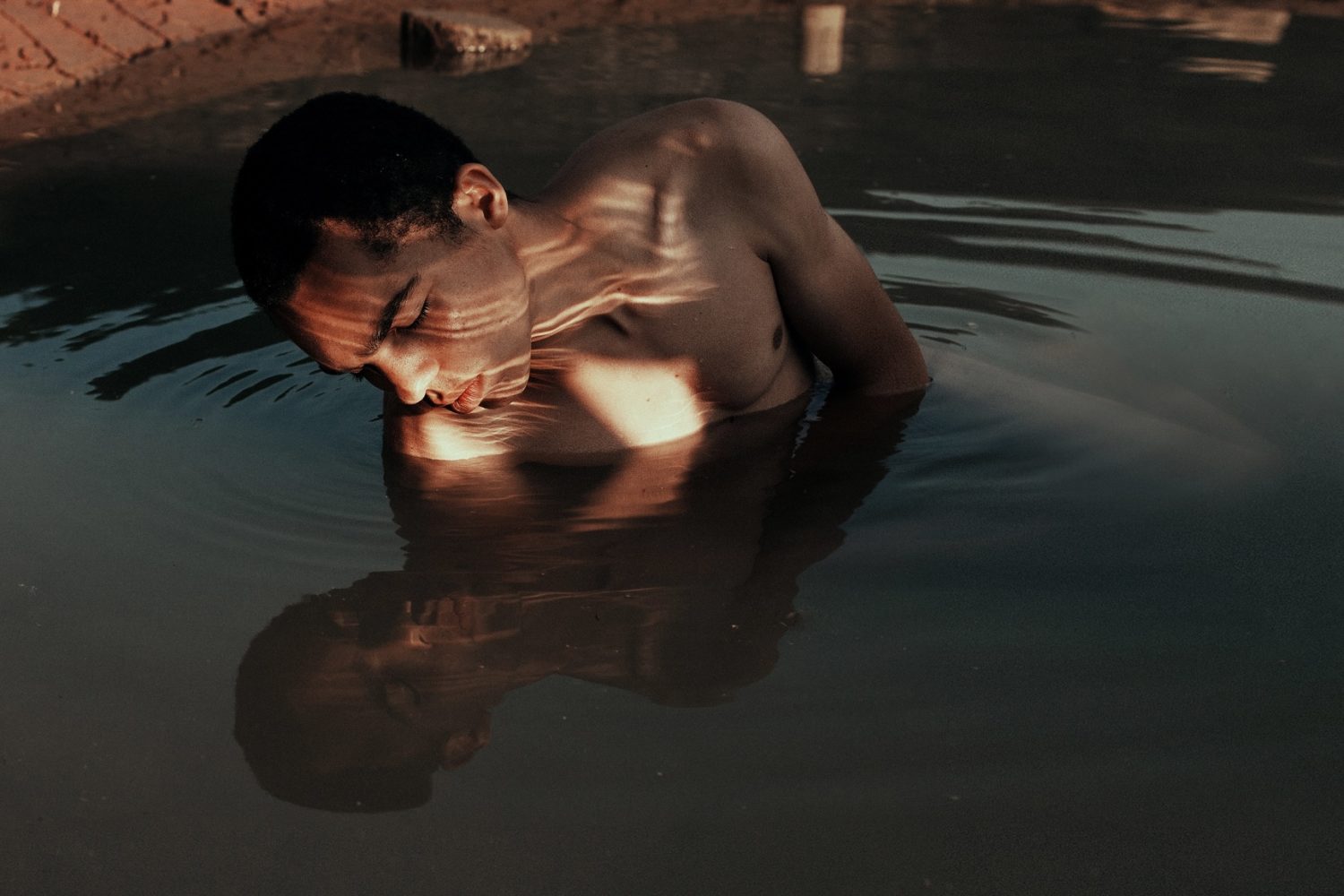

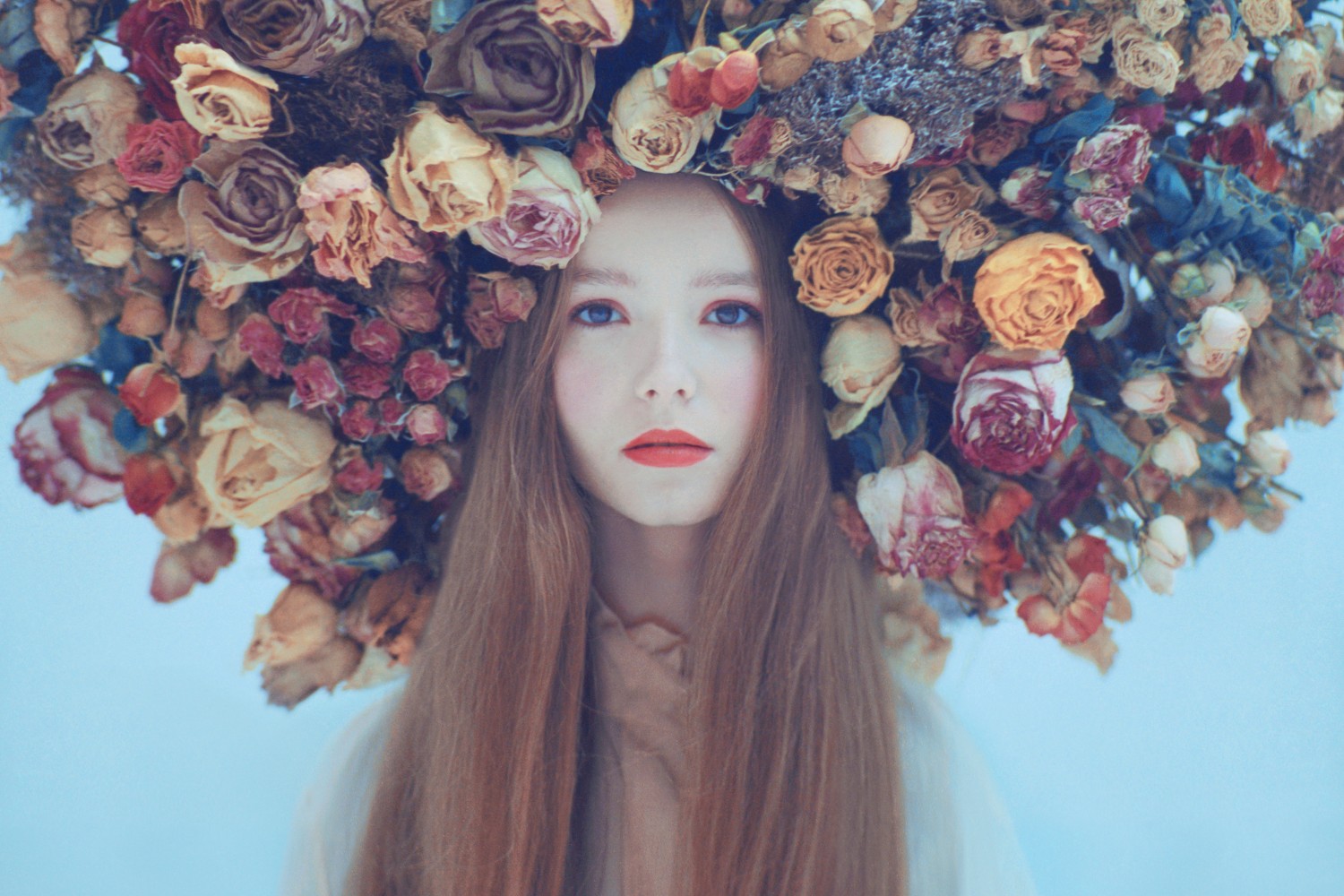

Leave a reply